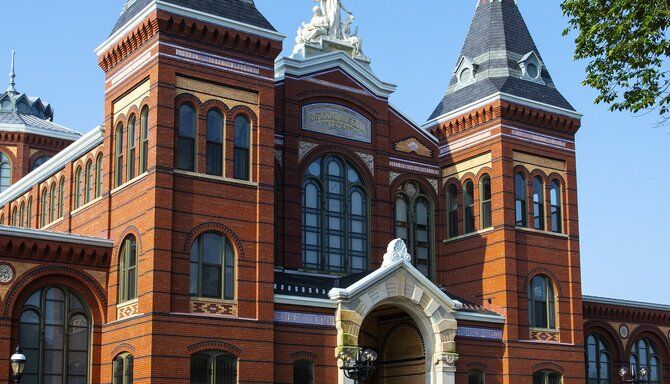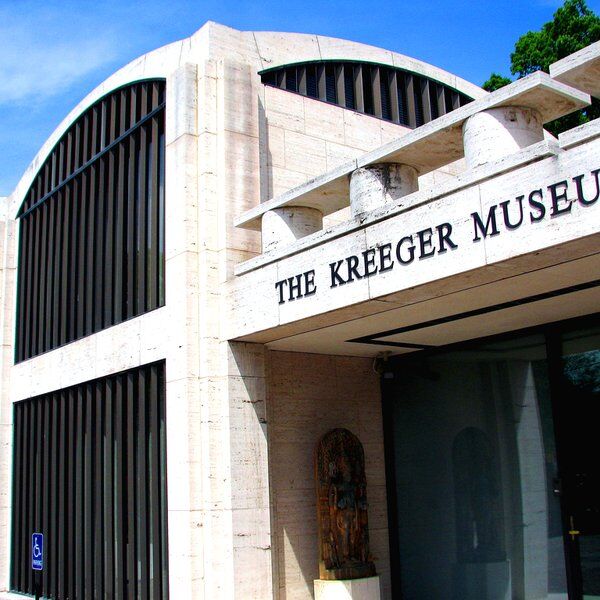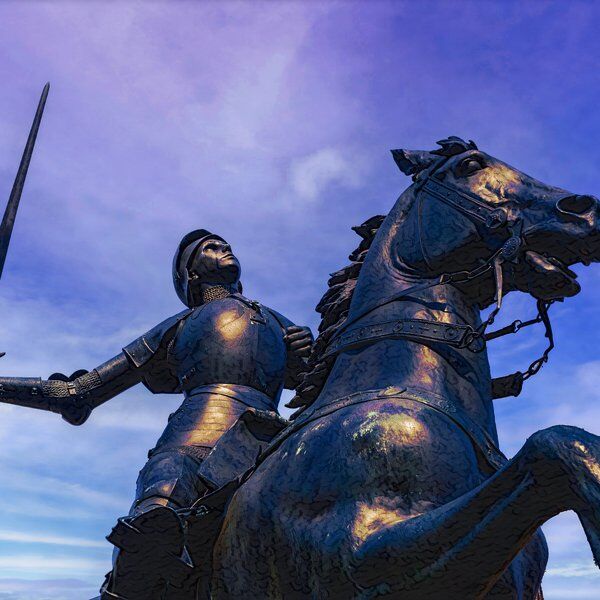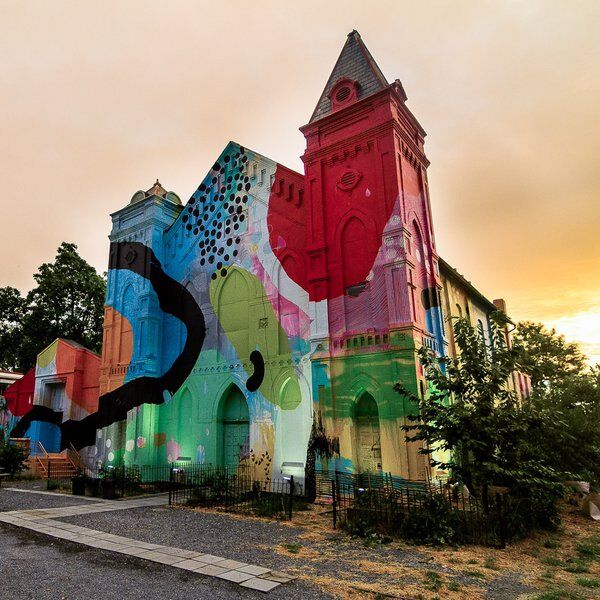What is the Smithsonian Institution?
The Smithsonian Institution is a world-renowned research and museum complex on the National Mall, in Washington, DC. It consists of 19 museums and galleries (including the Natural History Museum) the National Zoological Park, 9 research facilities, libraries, and archives. From the origins of the human race to the future of space travel, Smithsonian museums offer a glimpse into the most interesting parts of our history.
At the heart of the organisation, lies the Smithsonian Institution Building, the Castle. Today the Smithsonian Castle is home to the Institution’s archives and administrative offices; the Woodrow Wilson International Center for Scholars; a Smithsonian visitor center; the Castle Cafe; and a large seating area with free WiFi. Docents manage a help desk and are happy to provide printed guides to visitors. There are also 3D maps, which point out the other Smithsonian museums along the National Mall.
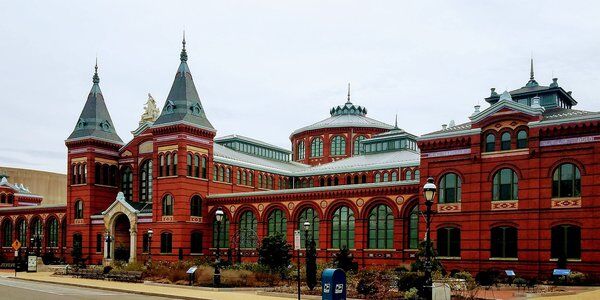
Collectively, the museums contain over 150 million artifacts, artworks, and specimens, which can be accessed for free! That’s right, each location has free entry!
A British Benefactor: The Establishment of the Smithsonian Institution
I then bequeath the whole of my property... To the United States of America, to found at Washington, under the name of the Smithsonian Institution, an establishment for the increase and diffusion of knowledge.
The Smithsonian Institution owes its establishment to a French-born, British-raised scientist, who never even stepped foot in America! When he died, James Smithson (1765-1829) left every penny he had, which actually amounted to a sizable fortune, to his nephew. It was Smithson’s wish that if his nephew died without heirs, the money would then fund the Smithsonian Institution in Washington, DC, which ultimately, it did.
To this day, no one knows why Smithson pledged such a large bequest to a place he had never been, but of course, there are many theories! One being that he felt the United States might make more headway with science than Europe. Either way, the result of his generosity – the Smithsonian Institution – was established in 1846, by an act of Congress.
An American Castle: The First Smithsonian Museum
The first building to form part of the Smithsonian Institution was the distinctively red Smithsonian Castle. The Board of Regent’s – Smithsonian’s governing body – held an architectural competition to see who the leading designer would be. In January 1847, up and coming New York architect James Renwick Jr. won the competition, to which there were 13 submissions. (James Renwick Jr also designed St Paul's Cathedral and Grace Church, both in New York. As well as the building that now houses the Renwick gallery in Washington, DC.)
It was agreed that the building would follow a mediaeval revival style, with Gothic accents; the same style used for Oxford University, attended by Smithson. Owing its colour to the red sandstone quarried from Seneca Creek, Maryland, characteristics of the Smithsonian Castle also include Neo-Gothic towers, Victorian arches, high-ceilinged rooms, and dark woodwork.
Upon its completion in 1855, the Smithsonian Castle existed on an area of land that was cut off from downtown Washington by a canal. As time went on, the Castle became surrounded by the additional Smithsonian museums and government buildings and in 1977, the Smithsonian Castle was awarded Historic Landmark status.
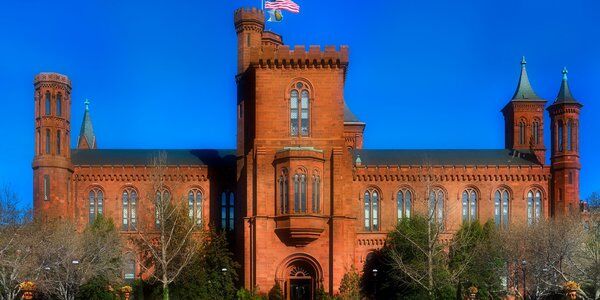
The Smithsonian Castle: A Blaze of Glory
In 1865, disaster struck the Smithsonian Castle when a large stove – intended to keep a hard-working caretaker nice and warm, in the library – accidentally caused a fire in a pocket of air under the roof. Smoke and embers gathered unknowingly for a week, until on January 24th, they caught fire. Unfortunately, barrels of water – kept specifically for this purpose – had frozen over in the chill of winter and so, much was lost. Including James Smithson’s original letters and papers.
In 1870, Congress appropriated $20,000 for the reconstruction of the roof, which had been a temporary fixture ever since the fire.
Renovations at the Smithsonian Castle
In the years following the fire, several reconstructions occurred. In 1883, the east wing was fireproofed and made larger to hold more offices. In 1893 a suite of damp and dark rooms in the basement were also renovated into bright and comfortable office spaces. Remodelling was conducted 1968-69, which reignited the Castle’s original Victorian-esque atmosphere.
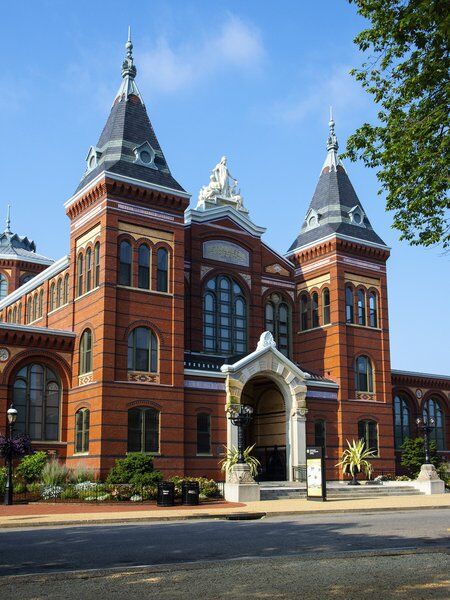
What interesting things are there to see at the Smithsonian Castle?
Initially, the entire Smithsonian Institution was contained within the Castle. There was a Natural History collection, research and administrative offices, lecture halls, chemical laboratories, a library, storage for scientific publications in the basement, and the organisation’s first secretary Joseph Henry even lived in an apartment there with his family. (Today, Henry, who was also a prominent scientist, is honoured with a bronze statue outside the Castle.)
This all changed in 1881 however, when the US National Museum (today’s Arts and Industries Building) opened adjacent to the Castle. Much of the Smithsonian collection was relocated there and then dispersed across the various museums seen today, as and when they were established.
Although much has changed there are still several exhibits in the Castle today. Welcome to your Smithsonian explores the Castle’s history focussing on its museums and research; and the Building America's National Collection: 175 Years of Collecting exhibit showcases select artifacts from across all the museums, as a suggestion to the extent of the Smithsonian Institution's dedication to James Smithson’s vision.
The Home of the First Children’s Museum
It must be a cosy, pleasant room with plenty of light and pretty things, as well as a collection of specimens, not many in number but each chosen to give the child pleasure.
In 1901, upon the insistence of Secretary Samuel P. Langley, child-friendly exhibits were added to a first-floor room in the Smithsonian Castle. This is significant because it was the first space in any museum specifically dedicated to children.
A large central table held an aquarium with lots of colourful fish, and there were exotic birds in cages dotted around the room. These were implemented to inspire wonder for the beauty of nature; after all, as is written above the southern entrance: ‘knowledge begins in wonder’. Other exhibits showcased the world’s largest and smallest egg, the largest lump of gold ever discovered, and the largest diamond ever cut.
The child goes home at last, glad, and with knowledge, and the love of knowledge in his heart. He is happy and because [his curiosity] has been aroused, he has learned.
The space was special because the exhibit cases stood at a level suitable for children and the labels were written in English, as opposed to the academic Latin. In this manner everything about the room was made easily accessible for children.
What happened to James Smithson?
Possibly the most touching aspect of the Smithsonian Castle is that it is also the location of James Smithson’s crypt. Although Smithson died in Genoa, Italy and was subsequently buried there, his body was brought to Washington in 1905. Here Smithson was laid to rest in an intimate setting inside the North entrance of the Castle.
Today anyone can visit his marble crypt, or any of the museums and galleries his remarkable donation funded and pay their respects.
Our thoughts…
Before the Smithsonian Institution’s establishment, there were many discussions and ideas circulating about what it should be and what artifacts its museums would hold. It's clear to us that over the course of its history, the Smithsonian Institution has remained loyal and true to its intended purpose (and James Smithson’s dying wish) as an organisation dedicated to advancing human knowledge.

Interested in finding more places like this? Try one of our DC Scavenger Hunts - untangle cryptic clues as a team, as you are taken on a journey to the most unique, unusual and bizarre corners of Washington DC.
